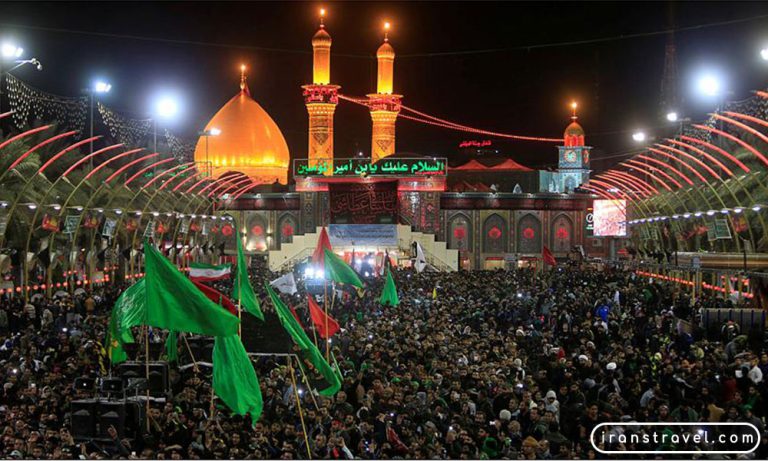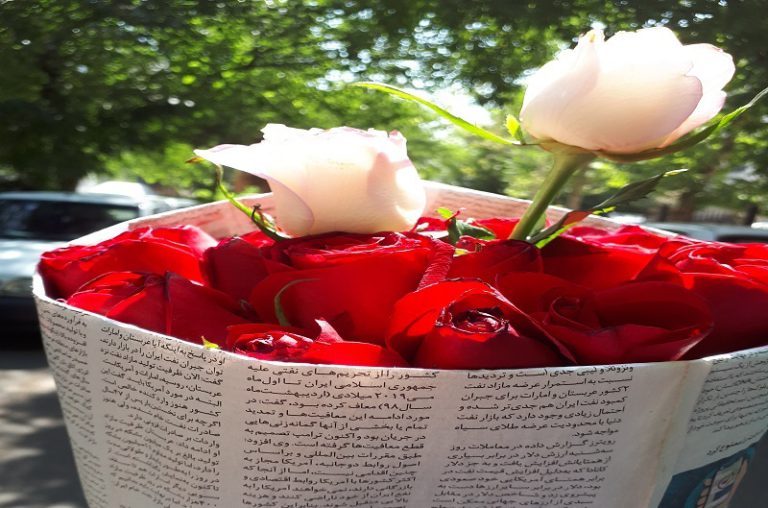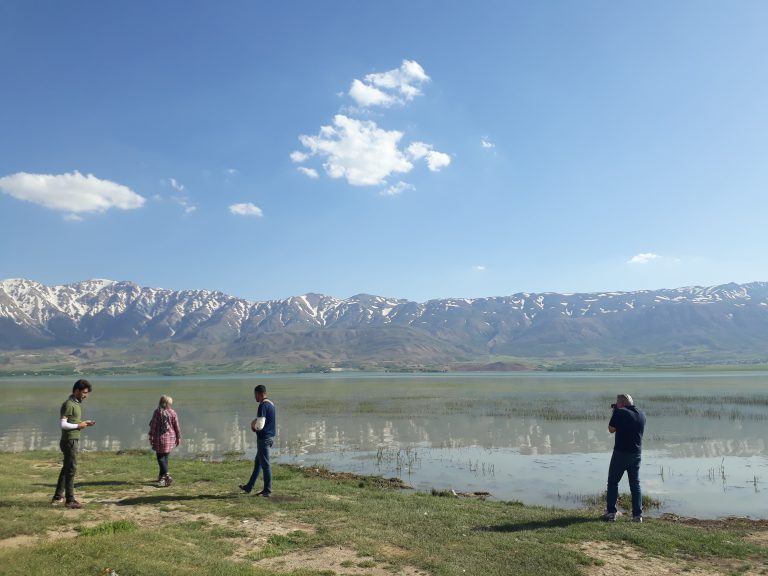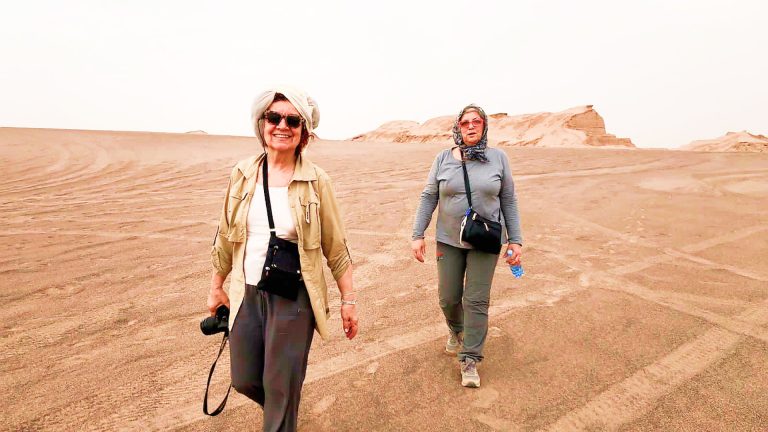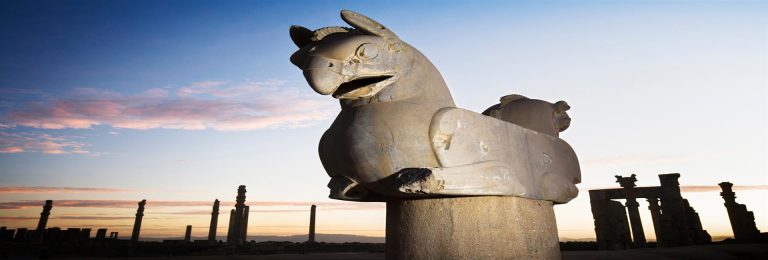Nowruz is the name of the Persian New Year and Jamshid, the great mythical Persian king, takes credit for the foundation of Nowruz. Nowruz is the day of his great victory over the symbolizing evils such as cold, darkness, ignorance, and violence.
Philosophically, it shows the victory of good over evil and the overcoming of the heat of spring over the coldness of winter. Persians regard Nowruz as the initiator of the resurrection of nature, and the growth of the gardens, and they believe that in Nowruz, along with nature, they must start a new season with a new attitude. The best time to start a new year.
Jamshid was sprayed on the gem
That day was called “New Day”
This auspicious celebration of those eras
Remain with us as a remembrance
Ferdowsi- The Greatest Persian Poet
The word Nowruz consists of two words in Persian, ‘now’ means new, and ‘ruz’ means day, together it means a New Day.
In Nowruz, the sun comes to the beginning of Aries every 365 nights and a half, and when Jamshid found out about this fact, he held a great celebration and people followed him. Omar Khayyam says.
Nowruz is celebrated on the exact second of the vernal equinox (when the day and night are of equal length). It is usually between March 20th and 21st.
The Iranian New Year is placed in the UN General Assembly’s calendar and it describes, Nowruz, as a celebration of Iranian roots dating back more than 3,000 years, and today more than 300 million people celebrate it.

Nowruz had been listed as a spiritual heritage at World Heritage Site.
Every year since the Bush presidency, the Presidents of the United States have been sending Iranian congratulatory messages. It showed that despite tensions, Nowruz’s spirit is alive to keep nations united.
Nowruz Preparations in Iran
Nowruz represents a long history of Iranian culture and traditions. Here we read some of them:
The fire festival of Chahar Shanbeh Soori
The ancient Iranians regarded fire as a symbol of purity and purification. On the other hand, they believed that we should get pure to welcome the New Year.
On the last Tuesday of the year, just before sunset, seven bonfires are lit at a certain distance in a single line, and people jumping over them shouting: “My yellowness of you, your redness of me” point to burn their disease and receive health, joy, and happiness from the fire. Also, people dance and sing and eat side by side while doing this fire celebration.
A character named “Haji Firouz” sings, plays music, and entertains people in a red dress and a black face. In ancient times, this celebration was intended to announce Nowruz arrival to the people.
Khaneh Takani- Spring Cleaning
A deep spring cleaning (called Khane Tekani) is another Nowruz tradition, which for some families takes the whole month before the Nowruz.
It is mainly about washing and cleaning household items such as rugs and clothes as well as buying new appliances and repairing appliances. The family’s efforts to clean their home are a collective activity, and they gather together once a year to celebrate New Year’s Eve and clean the house.
Iranians believe that donating useful stuff which they don’t use, throwing away old stuff, and replacing new ones will give life a special freshness that will come with the New Year.
Haft Seen Table
The Haft Seen is a group of items put on the ground or the table. It is an equivalent of the Christmas tree and Nativity Scene for Christians.
Family members seat next to the Haft Seen table as the new year starts. Some families also keep it until thirteen days after Nowruz, and at the end of the Nowruz holiday.
Haft Seen table consists of 7 main objects, their name starts with S in Persian:
Senjed – Oleaster:
It is a symbol of fruitfulness and fertility, when fertilized and dispersed in space. It also cultivates human emotional powers. For this reason, some believe that the candlestick on the table is also a symbol of human love for one another.
Sib -Apple:
Apple is the symbol of health and beauty. It is customary for apples to be put on the table by the mother or grandfather of the family because the family’s older ones are always concerned about the health of their family members.
Sabze- Nowruz sprouts:
Sabze is the Nowruz sprout that people grow about 10 days before Nowruz depending on the seed they use. Wheat and lentils are the most common ones. Sabze is usually formed on a plate with a ribbon around it.
Sabze is a sign of rebirth and freshness and brings these feelings to the table.
Samanu:
Samanu is a sweet sauce, made of wheat, flour, and water after several hours of preparation and cooking.
Samanu symbolizes power and goodness. It is a nutritious food and high in vitamins and nutrients; it is used as a representative of patience, justice, resistance, and power on the table
Sir- Garlic:
Garlic is a medicinal plant used as a disinfectant and is put on the Haft Seen table for two reasons, the first being a sign of health and microbial detoxification, and the second being placed on a table to observe boundaries.
Serkeh- Vinegar:
Vinegar is a symbol of surrender and satisfaction. Vinegar is used in Iranian literature and allegory to describe anxiety, tears, and crying, and Rumi refers to crying and abuse as volcanic vinegar. Vinegar at Nowruz table invites us to embrace life’s tragedies.
Sumac:
Sumac is a sour dried red spice used traditionally in Middle Eastern cooking. It symbolizes patience and symbolizes the dawn and the beginning of meaning again.
Alongside the Seven S items, there are other components, commonly referred to as symbols of modernity, fertility, abundance, and wealth (such as coins). These components may be used to adorn or complete the collection. These may include mirrors, books (the Quran, the Bible, or a collection of poems such as Divan Hafez and Ferdowsi’s Shahnameh), candlesticks (in some traditions the number of candles per number of children in the family), dyed eggs, flowers, sweets, nuts, rosewater, a bowl of water, and goldfish.
The coin symbolizes “wealth” and water symbolizes “purity and lightness” so they should fit together better some people place the coin in a bowl of water Or for the sake of wealth, they put the coin in the mirror
The day of the Nowruz
At that time of the year, all the family members gather together in their homes and sit by the Nowruz table.
Candles or house lights are lit before the moment that New Year starts.
After that, all the family members exchange hugs and kisses and Eidi (Nowruz gift) and pray for goodwill in the upcoming year.
During Nowruz, Iranian visit their relatives in their houses. People always start with the elderly ones.
Sizdah Bedar
On the 13th day of Nowruz, Nature Day, families gather in nature to prepare lunch together and spend time in the fresh air of nature. One of the rituals of this day is to knit the Haft Seen’s Sabze and throw it away, especially in the rivers. Iranian believe during those 13 days the Sabze has absorbed all negative energies and disease and it is time to throw them away to the river.
Before throwing it people wish for something and knot the leaves. Commonly, unmarried boys and girls wish for a spouse in New Year.
It is believed that when the knot is opened, problems are solved and dreams are fulfilled.
How is traveling to Iran during Nowruz
What we all know is that most Iranians take the trip during this period, so most cities are crowded and it is necessary to book transportation and accommodations at least one month before heading and of course at a more expensive rate.
But what do foreigners who traveled to Iran think about it?
We asked Rui, our Portuguese friend who traveled with Iran’s Travel during Nowruz to share his experience:
One of my most rewarding experiences was traveling around Iran during Nowruz time or the Iranian New Year. It’s a time when all families, friends, and relatives come together to celebrate life, enjoy traveling together, and visit all the marvelous monuments and tourist sights in Iran.
It’s one of the few occasions when all Iranian families join all together and start traveling for about 2/3 weeks. It can be extremely busy, but it’s a delight to see all families cherishing the love, babies, young couple, and seniors all together joining in the family celebration and traveling.
All the Bazaars and shops are crazily busy, the streets are packed with people, and traffic jams are everywhere (Except in Tehran). Restaurants are at full capacity. It’s an incredibly lively time when all Iranians come together to celebrate the end of the year and welcome a better year ahead. It’s a precious, lively, and rewardingly warm time. One of the few occasions you can experience Iranian hospitality (it continues).
At their most representative times and where you can see all of Iranian society from all corners of Iran!
Would you like to join Iran’s Travel in Nowruz tours and experience Iranian traditions during their New Year? So just join us and among all, you can see in other months of the year, celebrate the Nowruz with an Iranian family as well.


